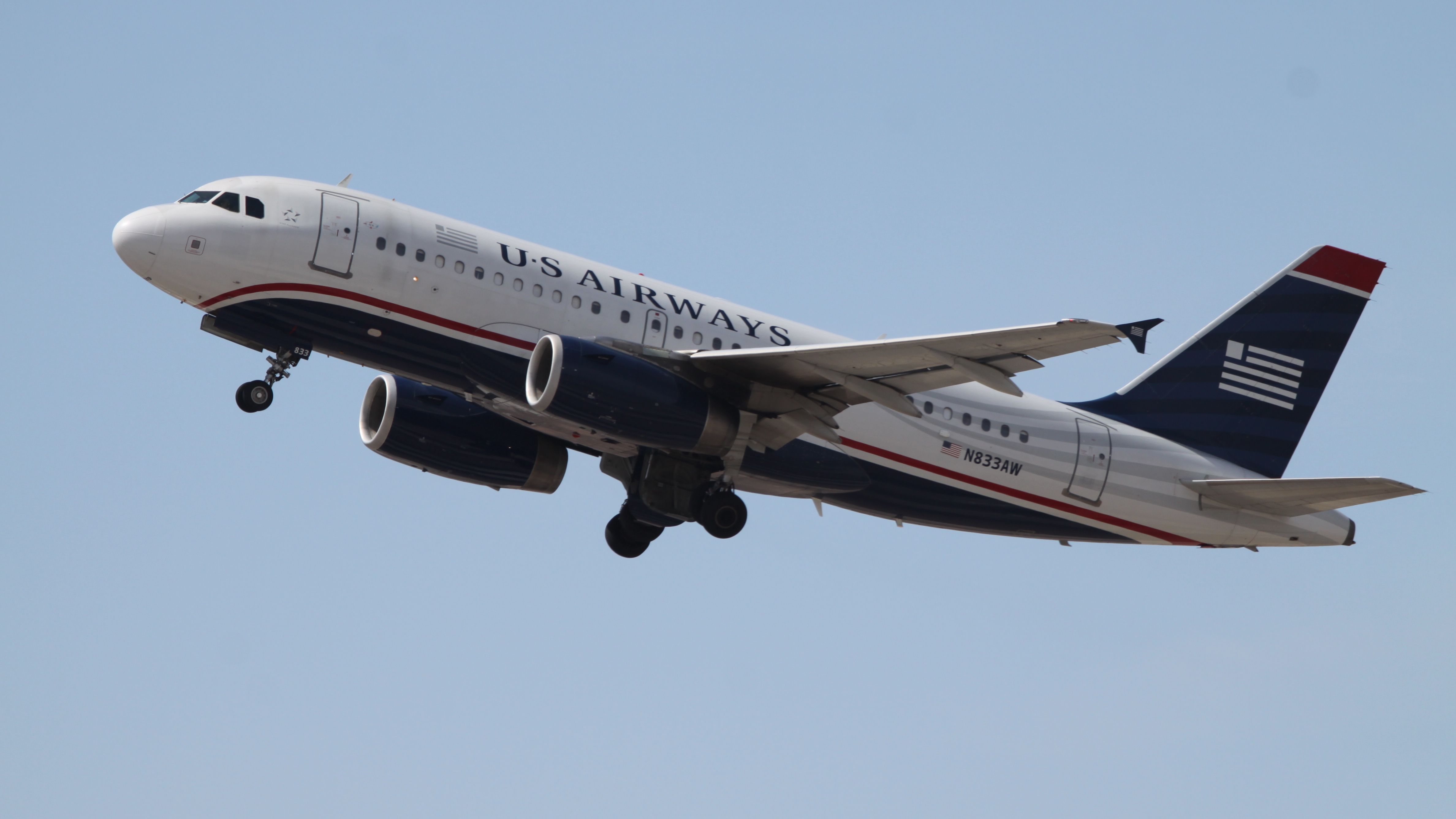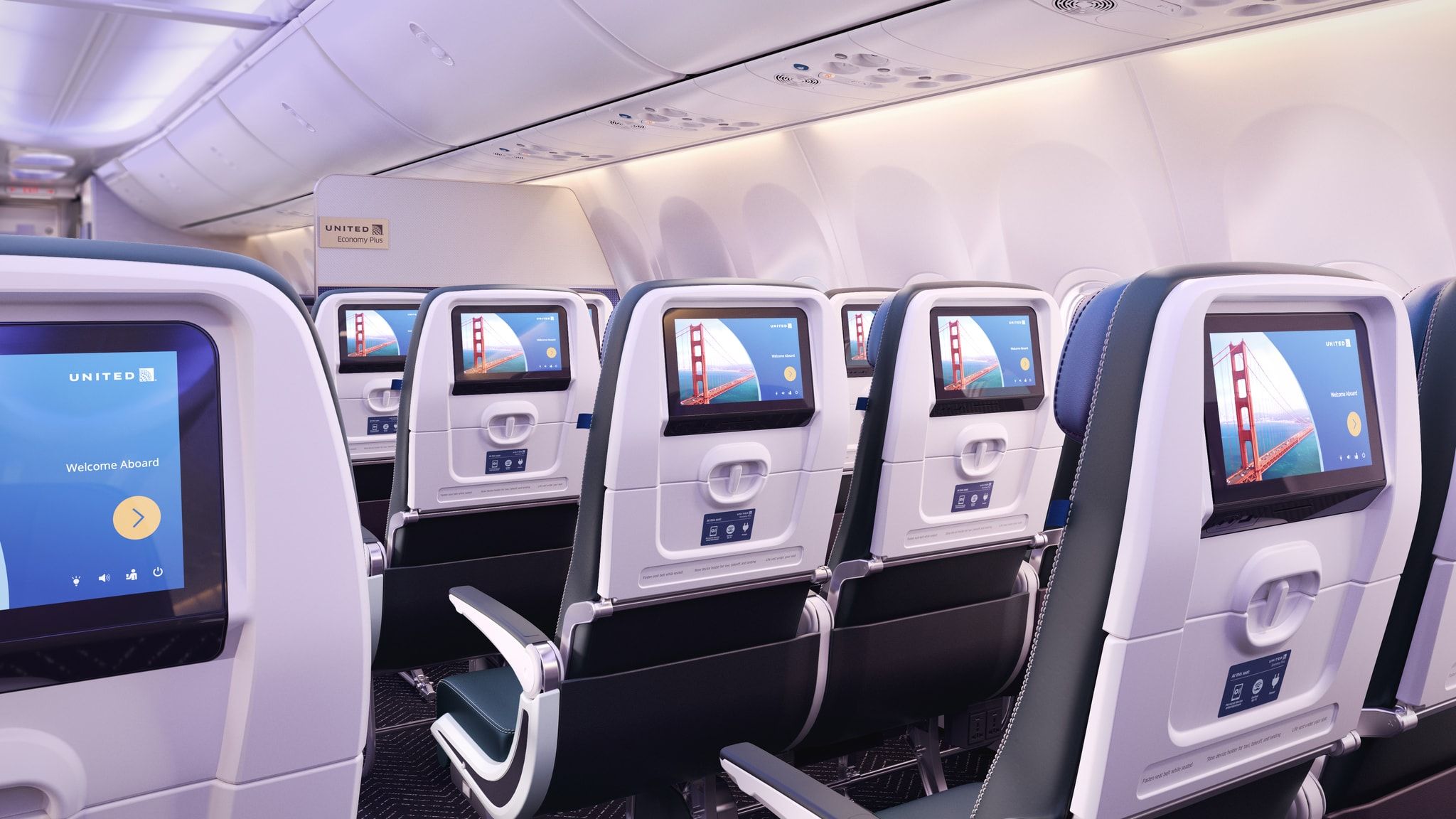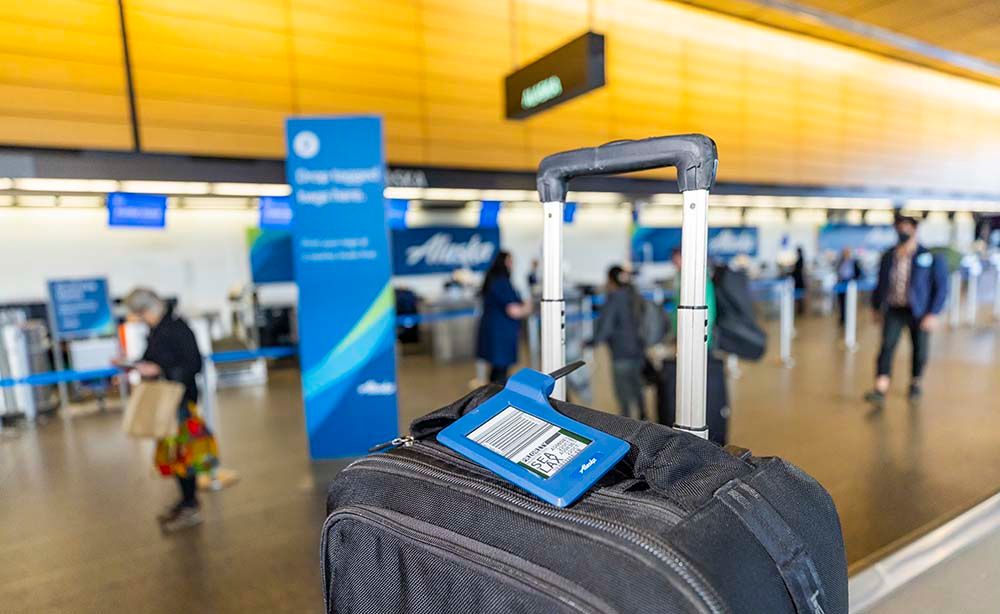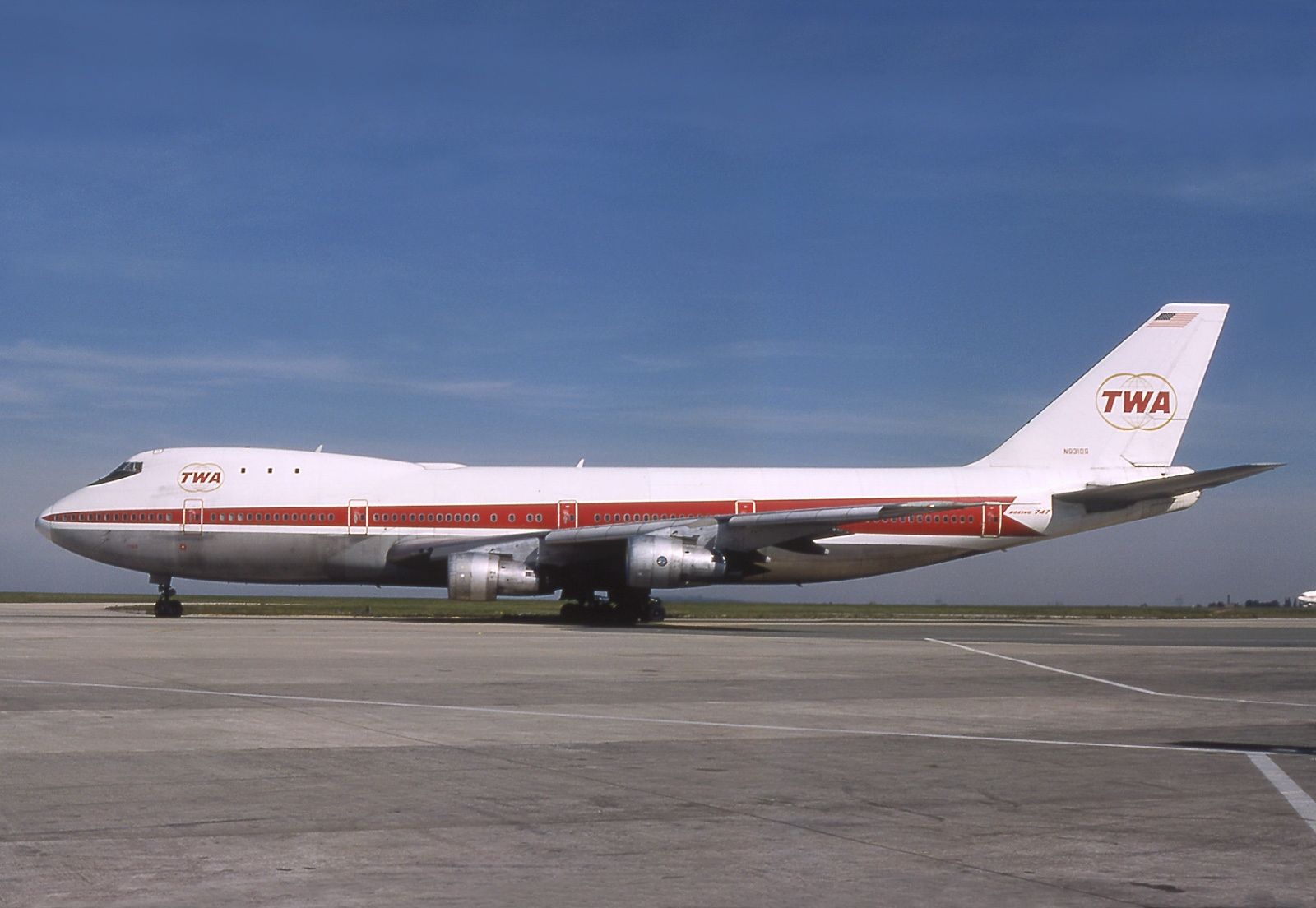Summary
- Security procedures have significantly changed since the 9/11 attacks, with stricter regulations, longer lines, and prohibited items.
- The in-flight experience has been impacted by changes in seat size and pitch, but there are more options for in-flight entertainment now.
- Additional fees for baggage, meals, and perks have become the norm, and there are fewer airline options due to mergers and bankruptcies.
The air travel experience has drastically changed over the past two decades. A combination of shifts resulting from the terrorist attacks on the United States that occurred on September 11, 2001, mergers and acquisitions in the commercial airline industry, and technological advances have transformed the industry landscape and the passenger experience.
1 Security regulations
Changes in airport security are a direct reaction to the tragic events of September 11, 2001. Before these acts of terrorism, security was mainly managed by private contractors hired by airlines. In the United States, federal security standards were lax compared to current regulations. Security procedures were minimal; passengers walked through simple metal detectors but were not required to have a boarding pass or even show identification to board the plane. Without lengthy processing lines, travelers could arrive at the airport and proceed directly to their boarding gate.
In addition to the lack of robust security procedures, there were fewer restrictions on the items that could be brought onboard the aircraft. According to the 9/11 Commission Report, the Federal Aviation Administration allowed knives up to four inches long to be brought into the cabin. Passengers could also bring liquids of any amount onboard.
The Aviation and Transportation Security Act of 2001 overhauled airport security throughout the United States. The Transportation Security Administration (TSA) was created, and implementation of the security process requiring a boarding pass and identification soon followed. Also required by the legislation was that all checked baggage be screened by X-ray.
Travelers today are accustomed to waiting an hour or more in TSA lines, removing their shoes, and emptying any items out of their pockets before walking through a full-body scanner. Knives, box cutters, razors, and other types of blades are now banned, and liquids in carry-on baggage are limited to 3.4 ounces.
2 In-flight experience
Passengers today have a very different in-flight experience than those 20 years ago. In 2000, it was common to find seat pitches of 33 or 34 inches in the economy cabin. As airlines have had to identify ways to bolster their revenue, carriers have added more seats to economy cabins. The Federal Aviation Administration does not mandate any minimum measurements for seat pitch or the size of seats on an aircraft, so seat pitches have gradually decreased over time. American low-cost carrier Spirit Airlines is well known for a tight seat pitch of just 28 inches.
However, there have been some positive changes to the flying experience. Today, there are many more options for in-flight entertainment, such as movies, television programs, and games, on airplanes than in 2000. Some aircraft feature LED screens built into the seat back, while other airlines provide tablet devices for passengers to enjoy content.
Lie-flat seats are increasingly common in premium cabins on wide body aircraft. British Airways launched lie-flat seats in 2010, and many carriers now offer this amenity, depending on the route and aircraft type. Examples of airlines providing lie-flat seats in business or first class cabins include United Airlines, Qatar Airways, American Airlines, Delta Air Lines, and Hawaiian Airlines.
3 Extra fees
Perhaps the most painful change for travelers is the package of additional fees that have become popular in the last decade. Along with adding economy cabin seating capacity, airlines have also turned to new fees to generate revenue. In 2000, it would have been reasonable to expect to check one piece of luggage for free.
Now, most airlines charge for checked baggage unless the passenger is flying in a premium cabin or belongs to a specific loyalty program. Some budget carriers even charge a fee for carry-on baggage.
Paying for meals and snacks is now the norm, whereas passengers 20 years ago could expect small snacks and a simple meal for free, especially on long-haul flights. Budget airlines often charge for soft drinks as well.
Fees for “perks” are also standard in today’s commercial aviation industry. These include up-selling tactics like seat selection fees for priority boarding. Seat fees can range from $10 to $15 each way, while priority boarding prices run about $10 to $30.
4 Aircraft size
The Boeing 747 entered service in 1968 and reigned as the largest passenger aircraft for decades. In 2000, the 747-400 variant, which has a seating capacity of 524 passengers in a two-cabin configuration or 660 in an all-economy layout, was popular with carriers such as Lufthansa. Since then, there has been an increasing number of larger-sized models entering service. Boeing developed the 747-8 variant, which has a maximum capacity of 600 passengers.
Boeing discontinued the 747 at the beginning of this year, marking the end of an era.
Presently, the aircraft with the highest passenger seating capacity is the Airbus A380. It can seat 644 passengers in a two-cabin configuration or 853 in an all-economy configuration. Due to the aircraft’s enormous size, most airports around the world cannot accommodate the A380. The number of carriers flying the A380 is limited, with Emirates being the primary operator of the model. Refer to our guide on the largest aircraft ever manufactured for a rundown of jumbo planes.
5 Number of carriers
Travelers in 2000 had many more airline options when planning a trip than they do today. Operators like TWA, US Air, and America West were still in the sky. But financial strain from the drop in air travel following the September 11 terrorist attacks in 2001, followed by the 2008 onset of an economic recession, led several prominent airlines in the United States to file for bankruptcy, including Delta, Northwest, United, and US Airways.
A slew of mergers followed in the subsequent years. American Airlines acquired TWA. Delta Air Lines and Northwest Airlines merged in 2008, followed by United and Continental in 2010. Southwest Airlines merged with AirTran in 2011, and American Airlines merged with US Airways in 2013. There are now only four major players in the American commercial aviation industry—American Airlines, Delta Air Lines, Southwest Airlines, and United Airlines, with over 100,000 annual passenger enplanements.
Source: 9/11 Commission Report
Want answers to more key questions in aviation? Check out the rest of our guides here.






